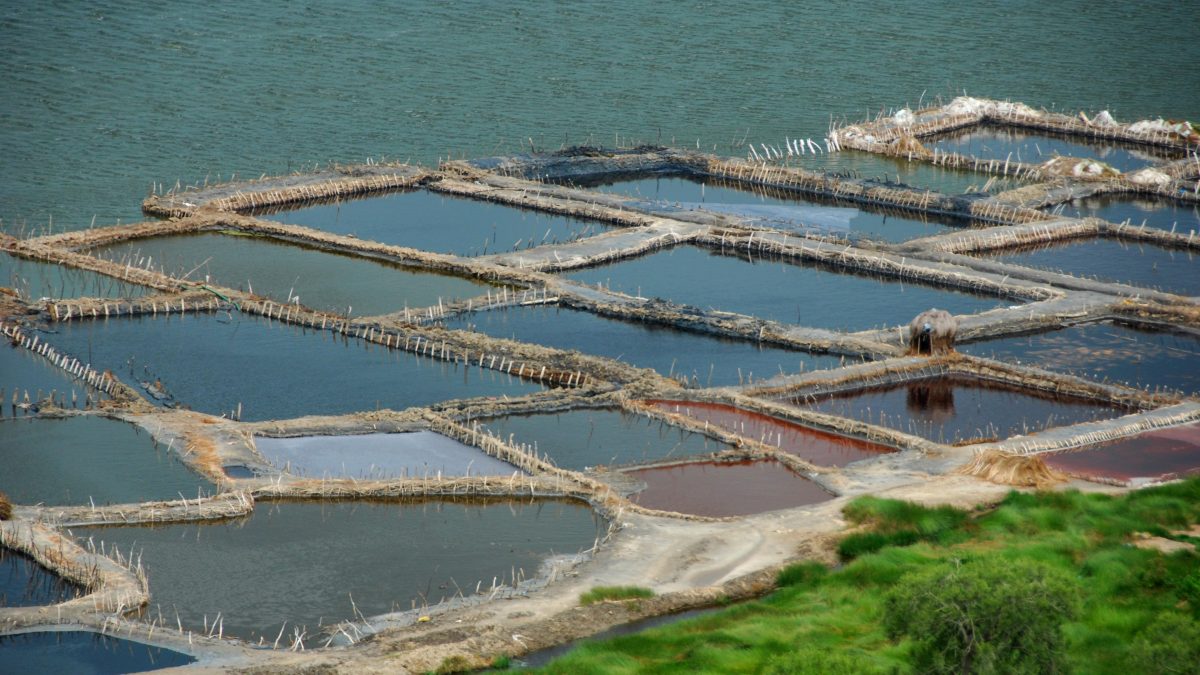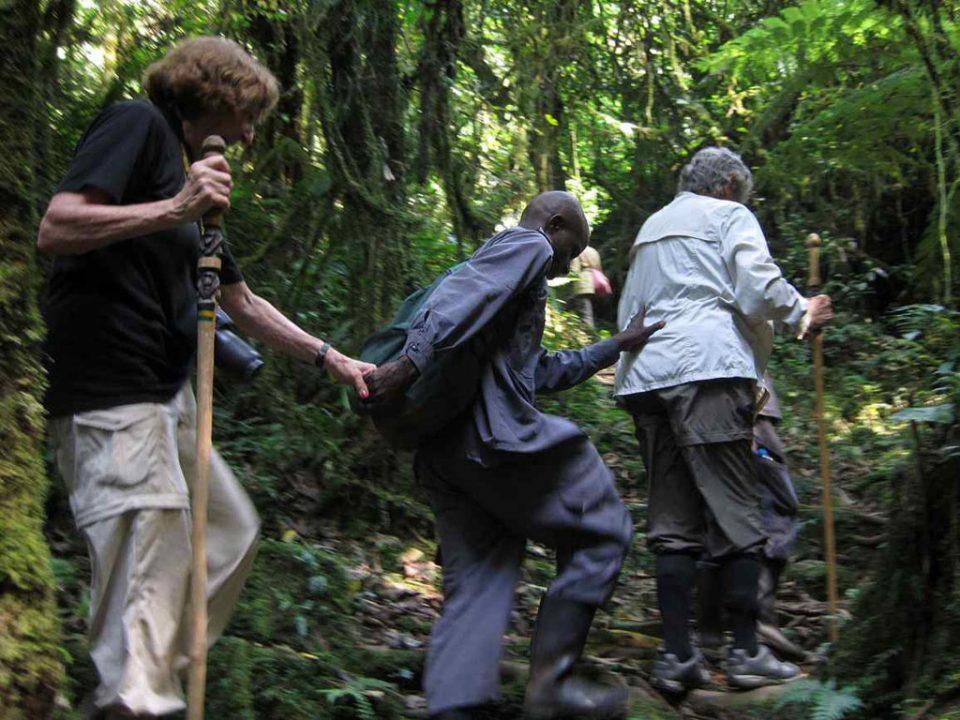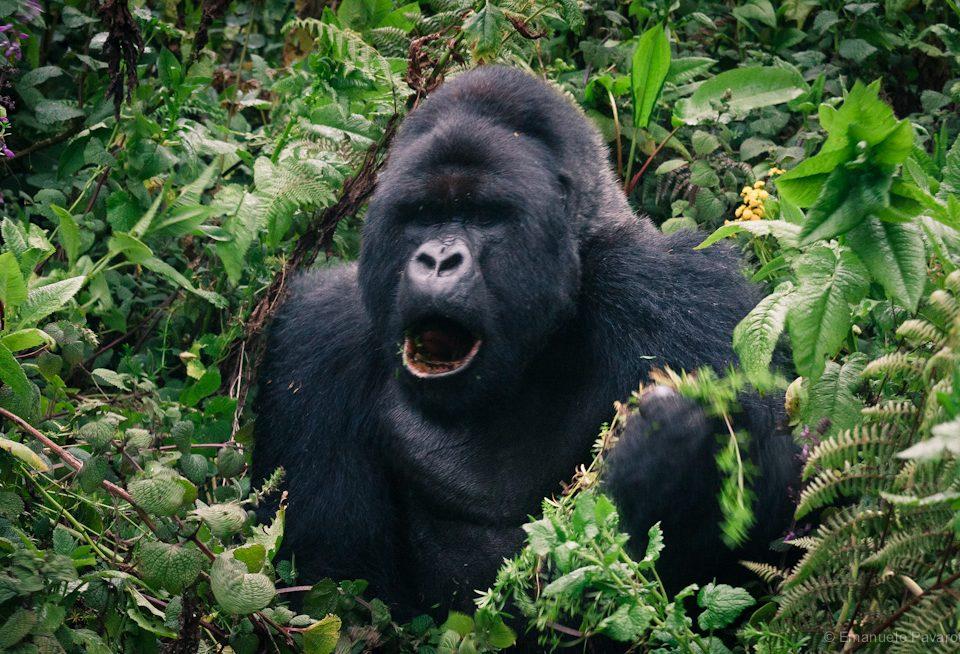
Lake katwe
Lake Katwe is known for salt production. It is found in Kasese District in south western of Uganda and boarded by Queen Elizabeth National Park. This Lake was formed by volcanic eruption around 10,000 years ago.
Geographically, Lake Katwe is located within an explosion crater. In the formerly active volcanic area north-east of Lake Edward and south-east of Lake George. This lake is the chief producer of salt in Uganda.
The crater ground is divided into small ponds, for salt production. Rock salt activity and salt winning are the two mining activities at the lake. Rock salt activity is carried out in the main lake by only men whereas salt winning is carried out in the salt pans by both sexes.
People in the surrounding area extract salt directly from the lake to the landing site and dried for sell. The salt miners use traditional methods for harvesting the salt. These people cannot afford protective gears but still work to earn a living. When you visit Lake Katwe you will get a chance to interact with salt miners and how they do it.
The main activity in this area is salt mining because the soil does not support agriculture and 60 percent of the water is salty.
There are small plots (ponds) where salt is extracted. These ponds are demarcated along lake shores and are privately owned by individuals or families others are inherited. Ambutch trees are used by miners to float on this lake. Similarly to transport the harvested salt from the rim of the lake up to the landing site ,where it is sold.
The 3 main forms of salt mined at this lake include: the Edible salt (called sodium chloride), the Crude salt leaked by animals as well as the unwashed salt.
Edible salt (Sodium Chloride)
This salt is produced through evaporation in mud-lined ponds commonly known as salt pans. It is high quality salt for human consumption.
Crudec (Kihabule)
This is a by-product obtained, through the process of preparation for Edible salt. This salt is for human consumption and crude for animal consumption.
Rock salt (Mahonde)
This salt is for animal consumption. Rock Salt Extractors are the men that extract this rock salt from the main Lake.
Salt mining also has some has some adverse effects on people’s health and the environment. The protective gears are expensive. In an effort to protect themselves from the toxic water men tie plastic bags around their genitals or wear condoms. Some women put flour inside their vaginas since they cannot to put on pads which are very expensive.
These strategies have little effect and reproductive health problems are common like infertility among others. Cases of back pain are common especially since most of the activities are carried out while bending. They have to keep mining despite of the health effects because they need to earn a living.
The lake is a big tourist destination, apart from salt mining. Visitors of Lake Katwe include students, tourists and researchers. Visitors can only access the lake with the help of a guide after paying a fee at Katwe Tourism Information Centre.
This Lake can be reached by two routes; Mbarara –Kasese route or Mubende – Kasese route. There are no hotels in Katwe. Many can be found in Queen Elizabeth and Kasese town. Ganyana Safaris organizes trips to Lake Katwe for tourist, students and researchers.




1 Comment
great am nelson guide nd nice work
nelson guide